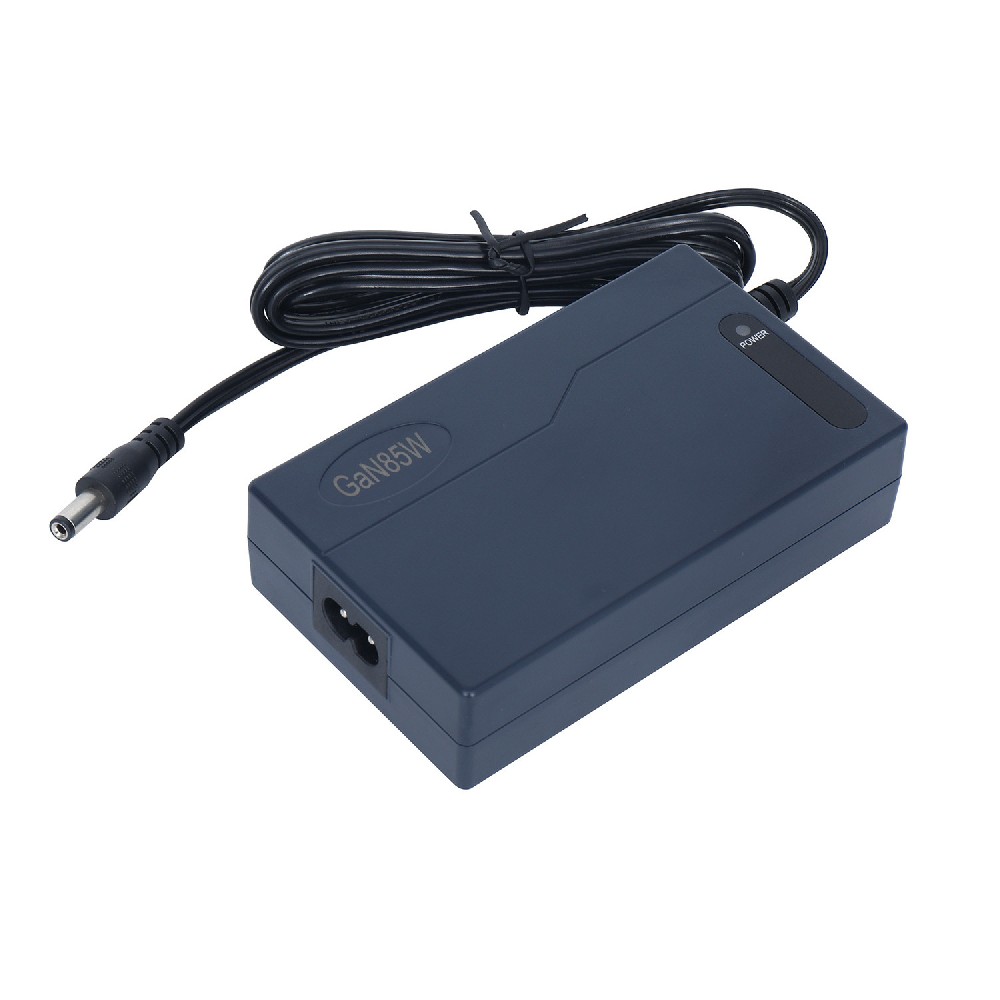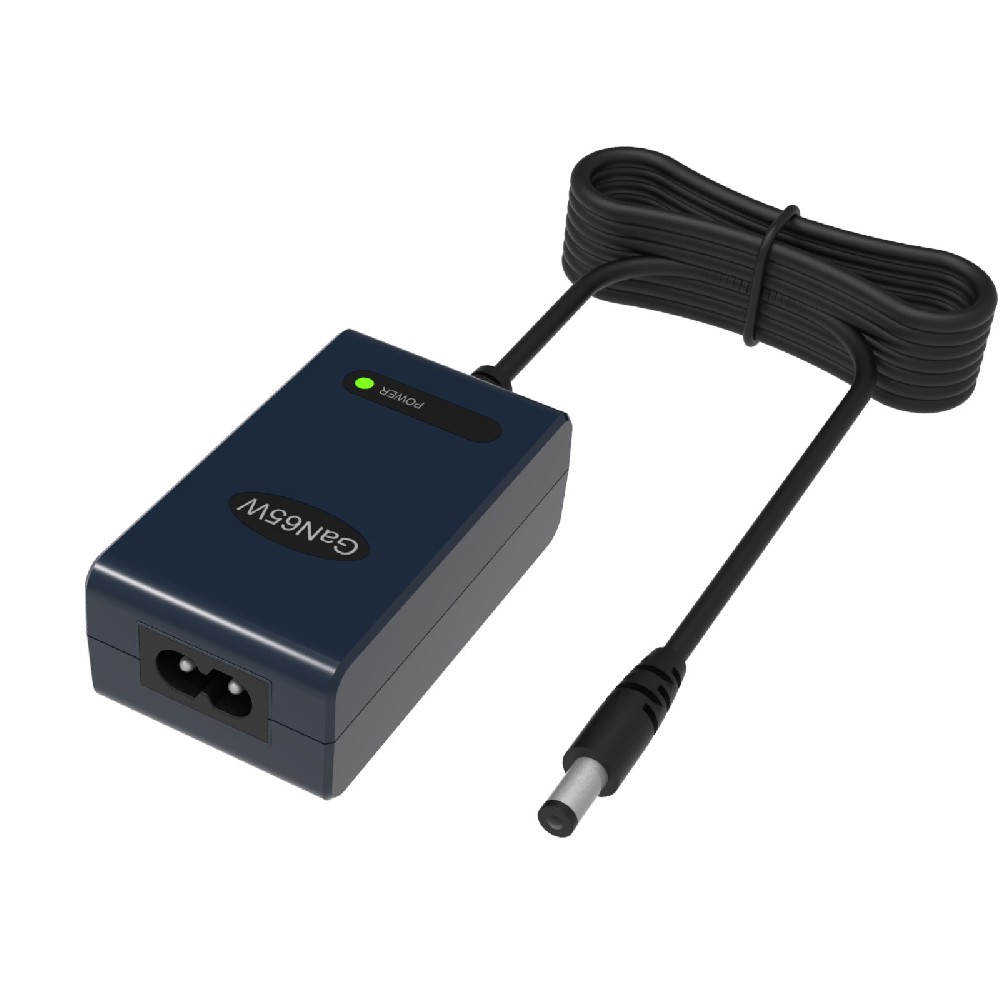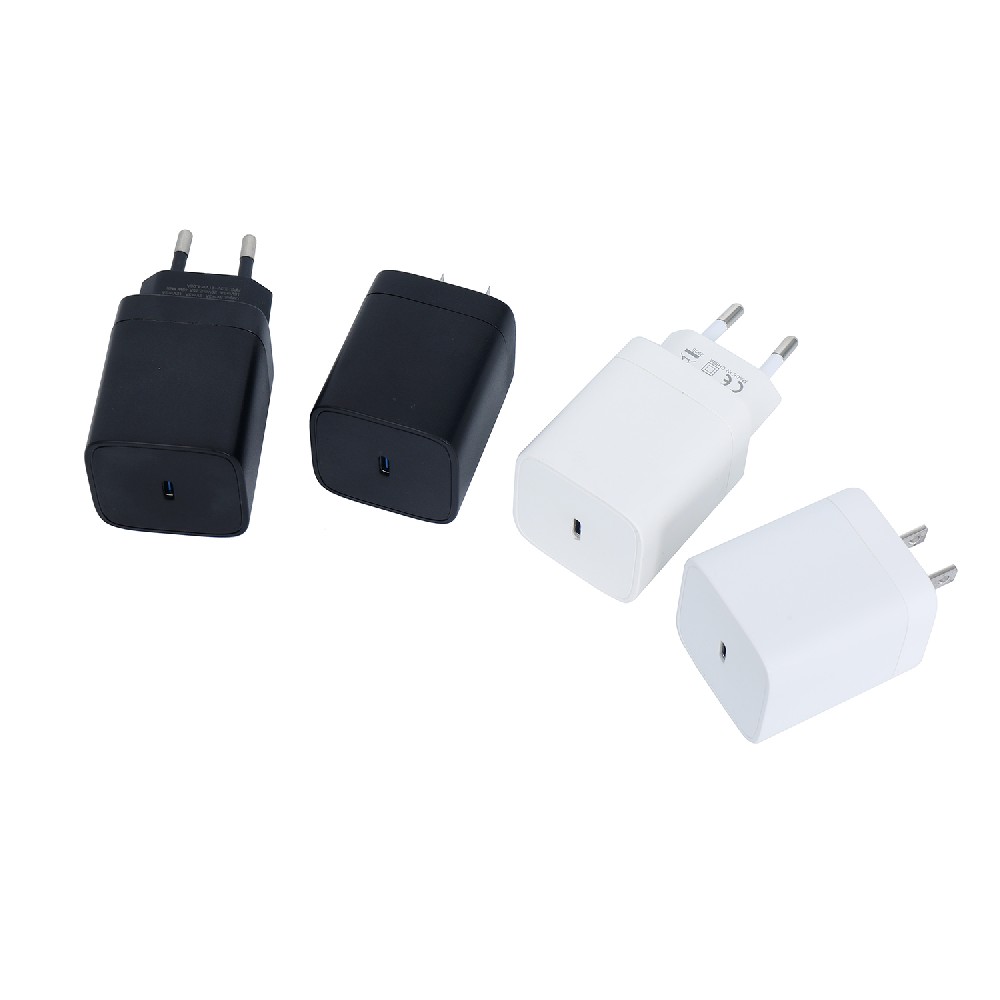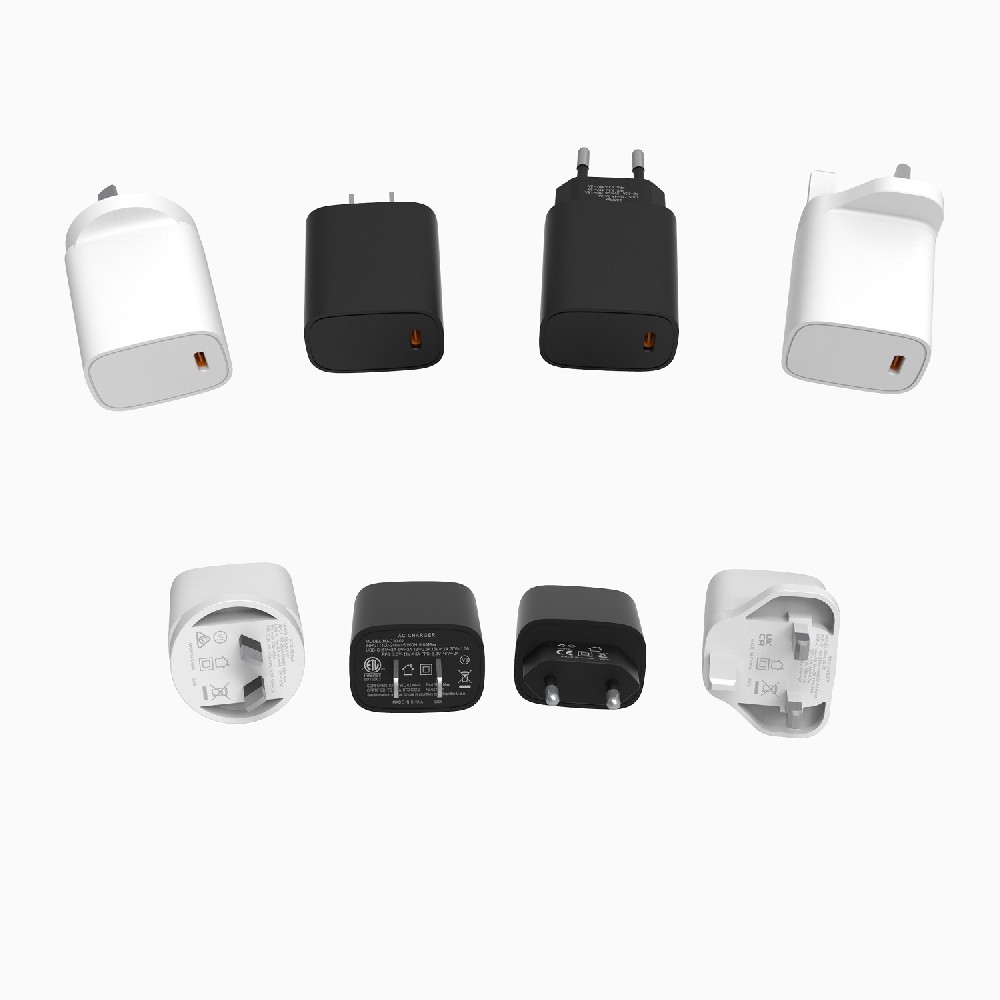Information Center
The Power Savior: Unleashing the True Potential of Battery Charger Circuits
Published:2023-07-01 00:34:41 Author:Green WCND Views:33Battery Charger Circuit: An Essential Component for Powering Your Electronic Devices

With the rise of electronic devices, it has become crucial to have an efficient power source. A battery charger circuit is an essential component in today’s world as it helps in charging batteries quickly and effectively. In this article, we will discuss the importance of a battery charger circuit, its various types, and how it works.

Importance of a Battery Charger Circuit

A battery charger circuit aids in charging the battery of electronic devices, making sure that they remain functional when in use. With the increased demand for electronic devices, such as smartphones and laptops, the demand for battery charger circuits has increased as well. These circuits make sure that we can have these devices available to us throughout the day, without worrying about their battery drains.
Various Types of Battery Charger Circuits
There are different types of battery charger circuits available, each with its own unique features and functionalities. Some of the commonly used battery charger circuits include:
1. Linear Battery Charger Circuit: This type of charger circuit is ideal for low-power applications. It uses a linear voltage regulator to control the charging current, and its charging time is slow.
2. Switched-Mode Battery Charger Circuit: This charger circuit is faster than a linear charger circuit, as it utilizes a switching regulator to control the charging current. It also has higher efficiency and is suitable for high-power applications.
3. Pulse Charger Circuit: This type of charger circuit uses a pulsing charge to charge the battery, which increases the battery’s capacity and lowers its charge time.
How does a Battery Charger Circuit Work?
A battery charger circuit uses a charging algorithm to charge the battery efficiently. The charging algorithm is designed to protect the battery from overcharging, undercharging, or overheating. When the battery is connected to the charger circuit, the circuit identifies the battery type and its charging requirements. It then applies the charging algorithm, which gradually increases the charging current until the battery is fully charged.
Conclusion
In today’s world, electronic devices have become an integral part of our lives. To keep these devices functional, it is essential to have an efficient power source, and a battery charger circuit plays a crucial role in this regard. Hence, understanding the importance of a battery charger circuit, its types, and its working mechanism is crucial in powering our electronic devices efficiently and effectively.
The battery pack is the heart of a golf cart, silently powering every acceleration and climb on the green. However, battery degradation often goes unnoticed, mu···
The battery pack is the heart of a golf cart’s power system, yet maintaining it has long been a challenge for technicians. Traditional troubleshooting methods—···
For golf course managers, ensuring smooth and efficient operations is crucial for providing a memorable experience for golfers and maintaining the reputation of···
A battery tester ensures golf course cart batteries operate efficiently and reduces downtime through the following ways:I. Precise Battery Condition DiagnosisOp···





